
Tuercas y tornillos
236 productos
Mostrando 1 - 48 de 236 productos



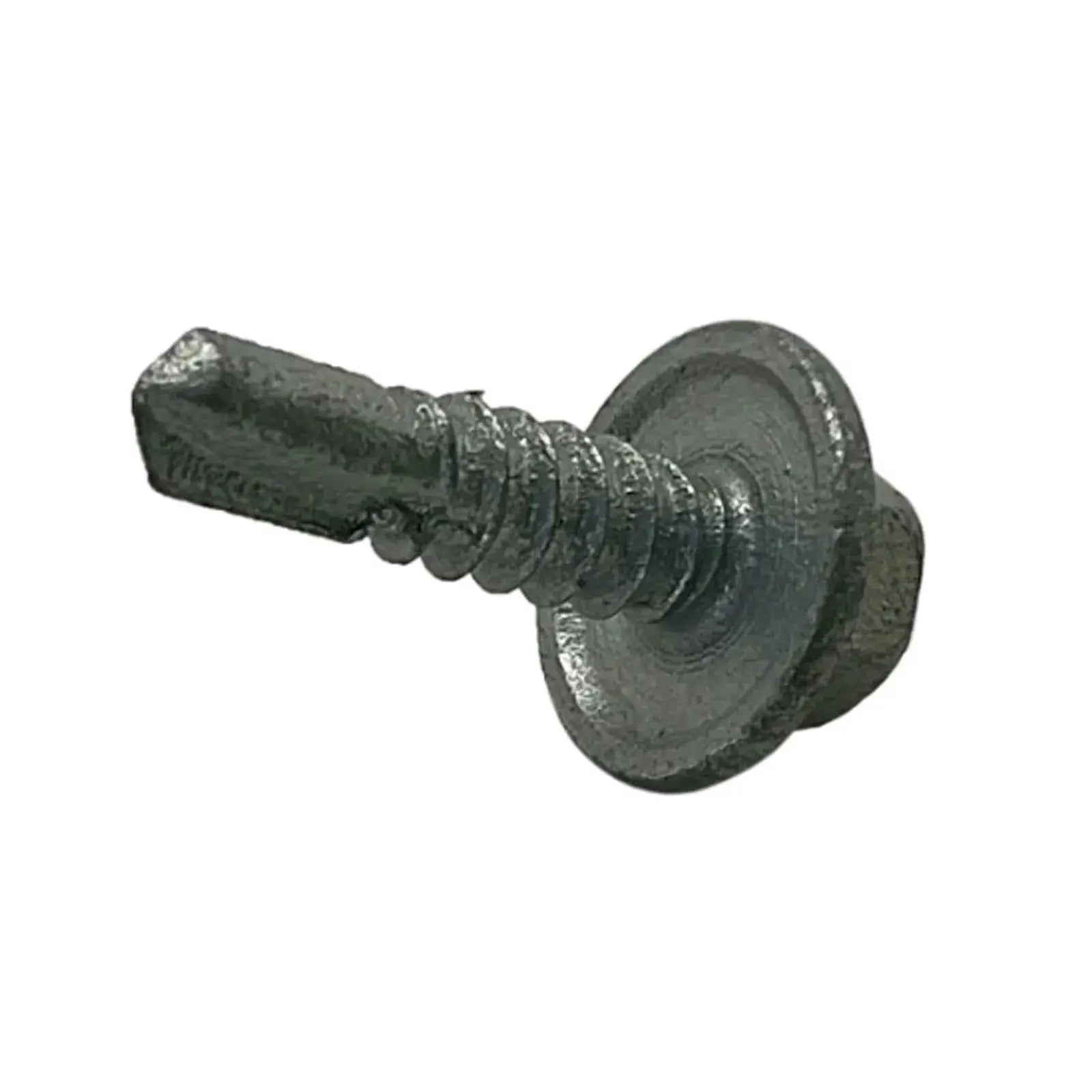







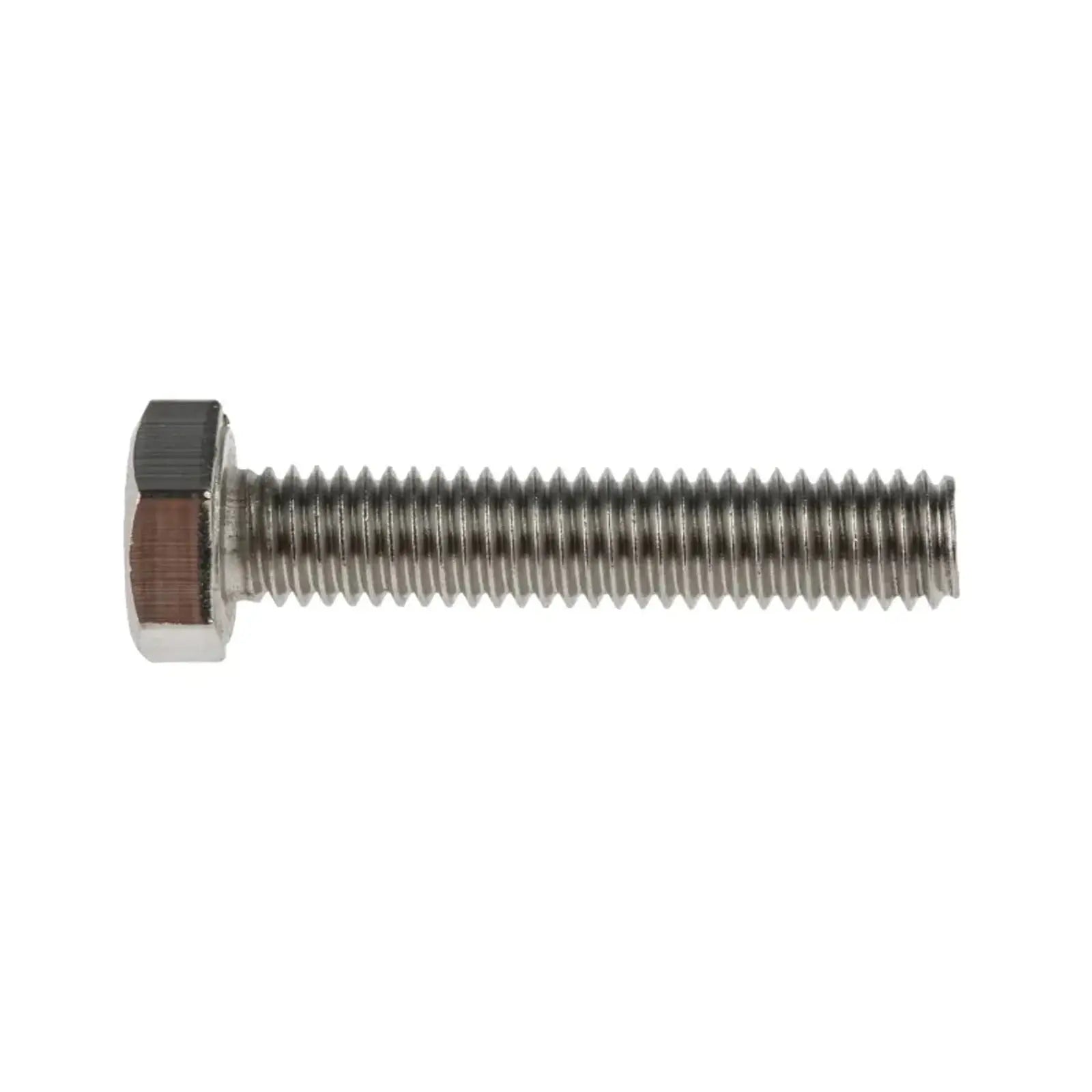








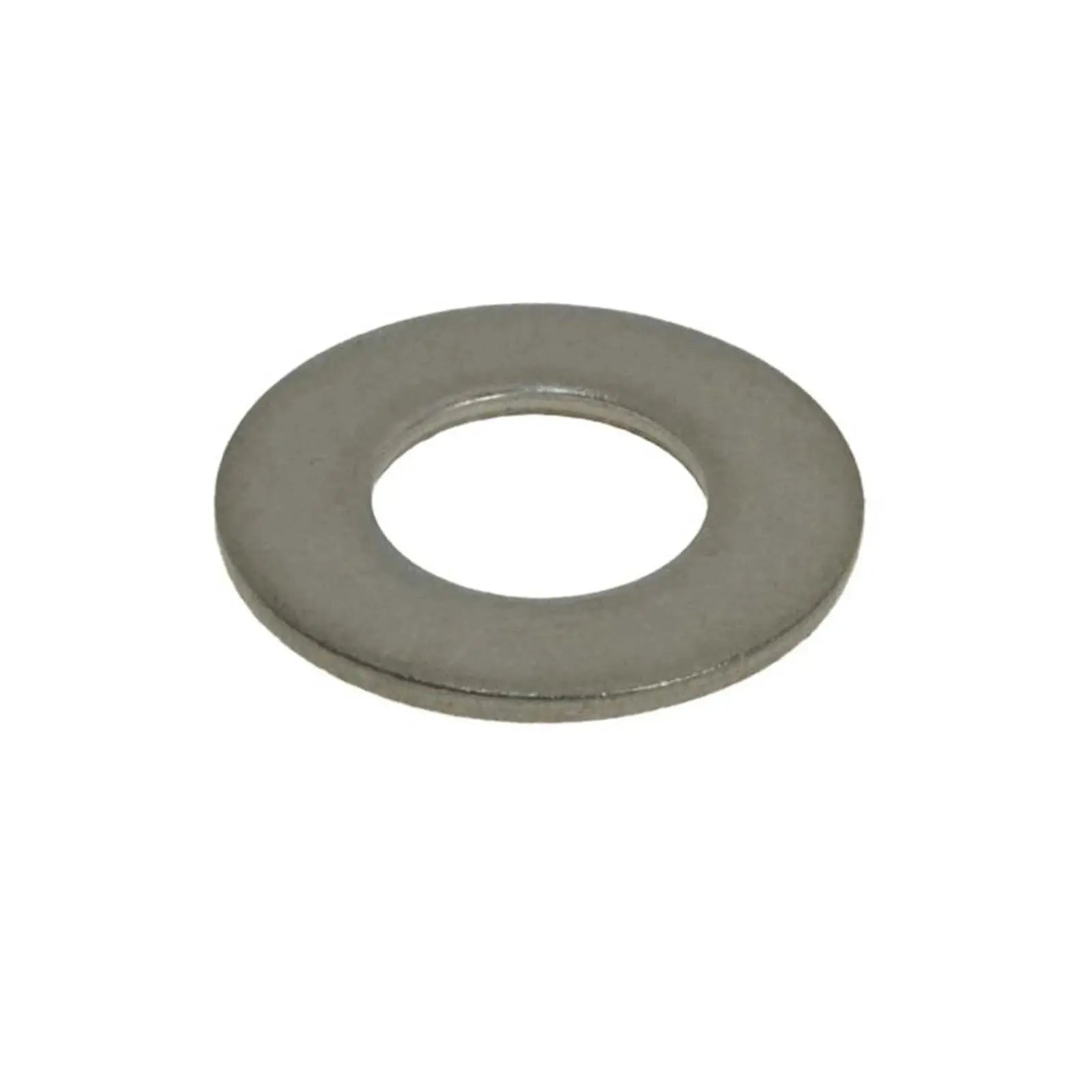





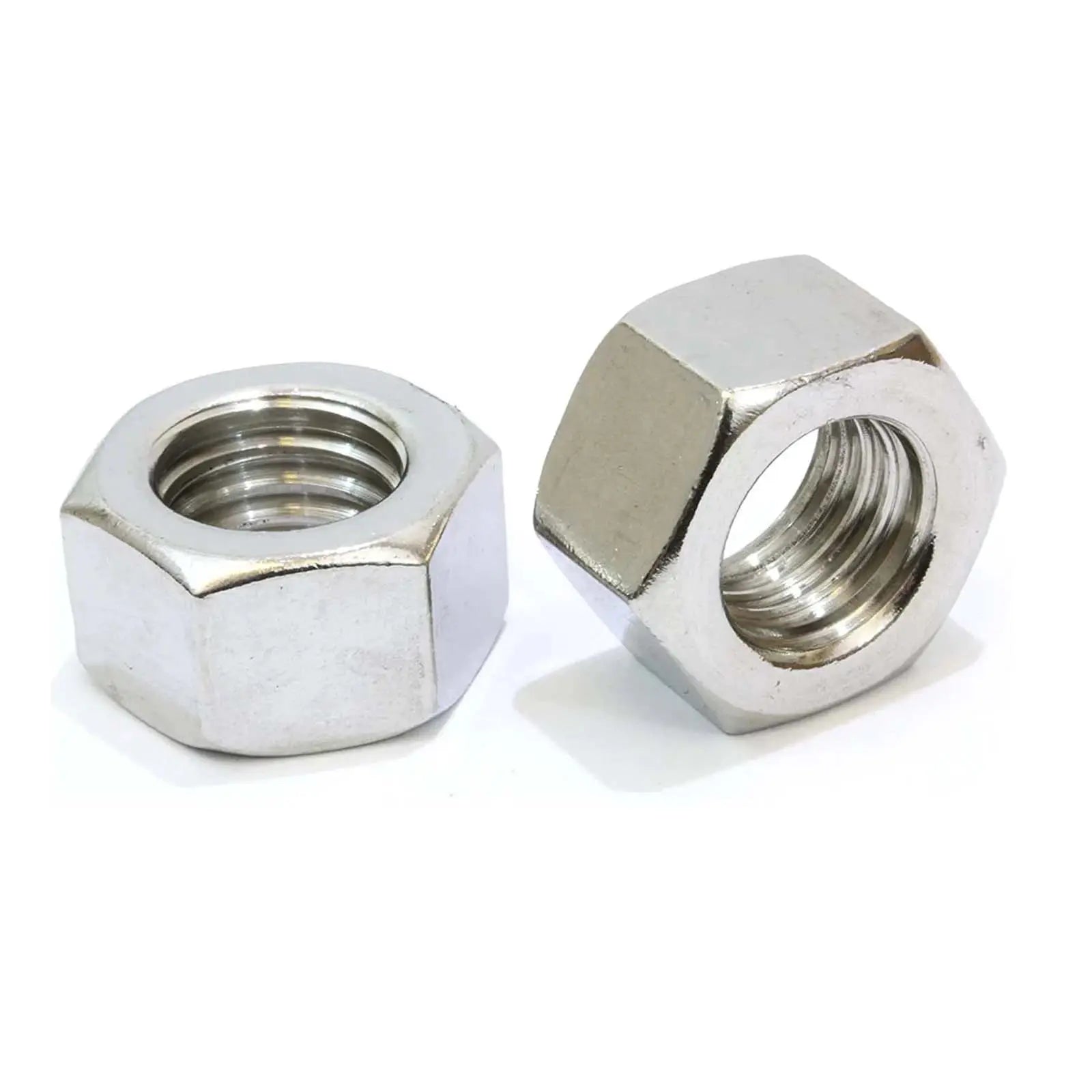






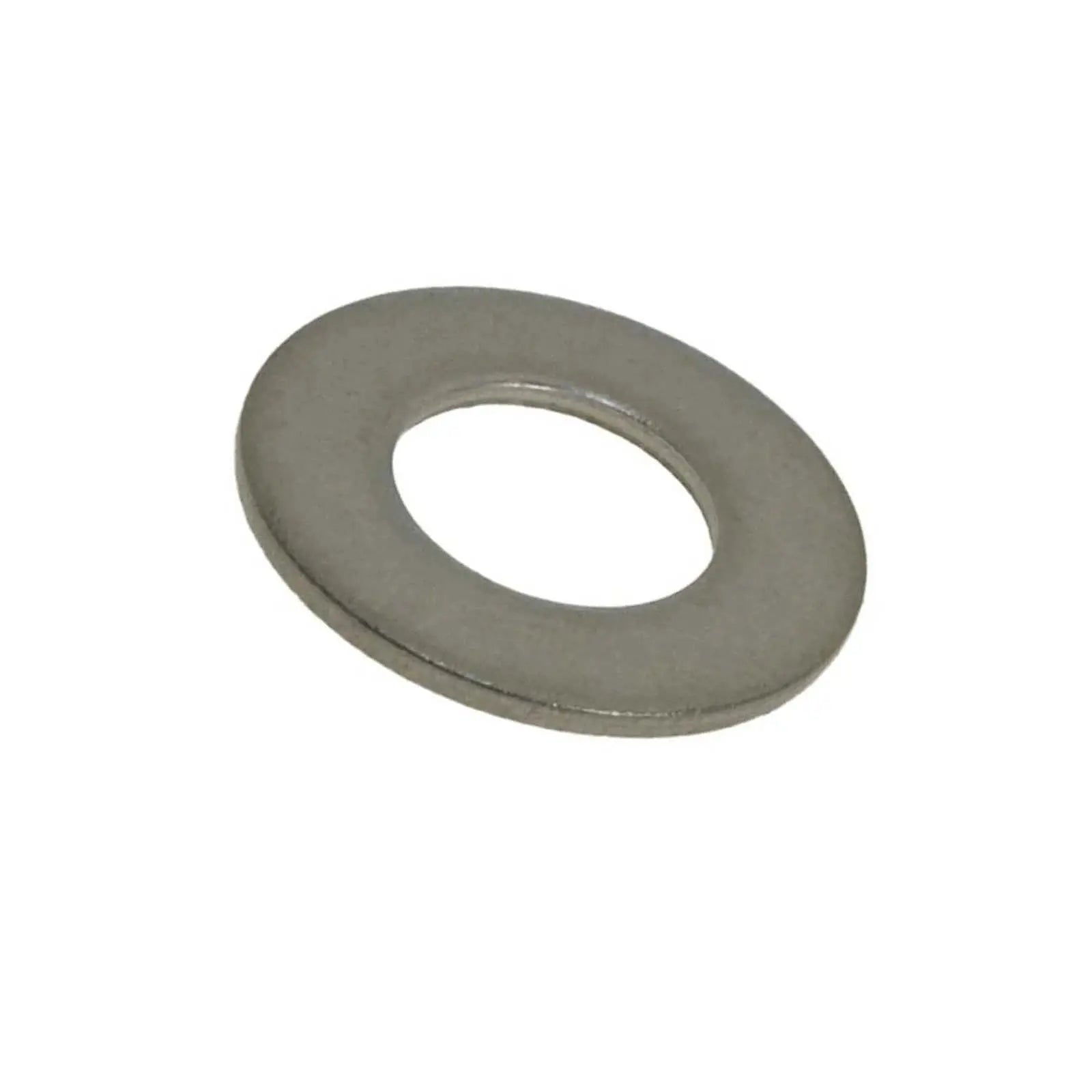
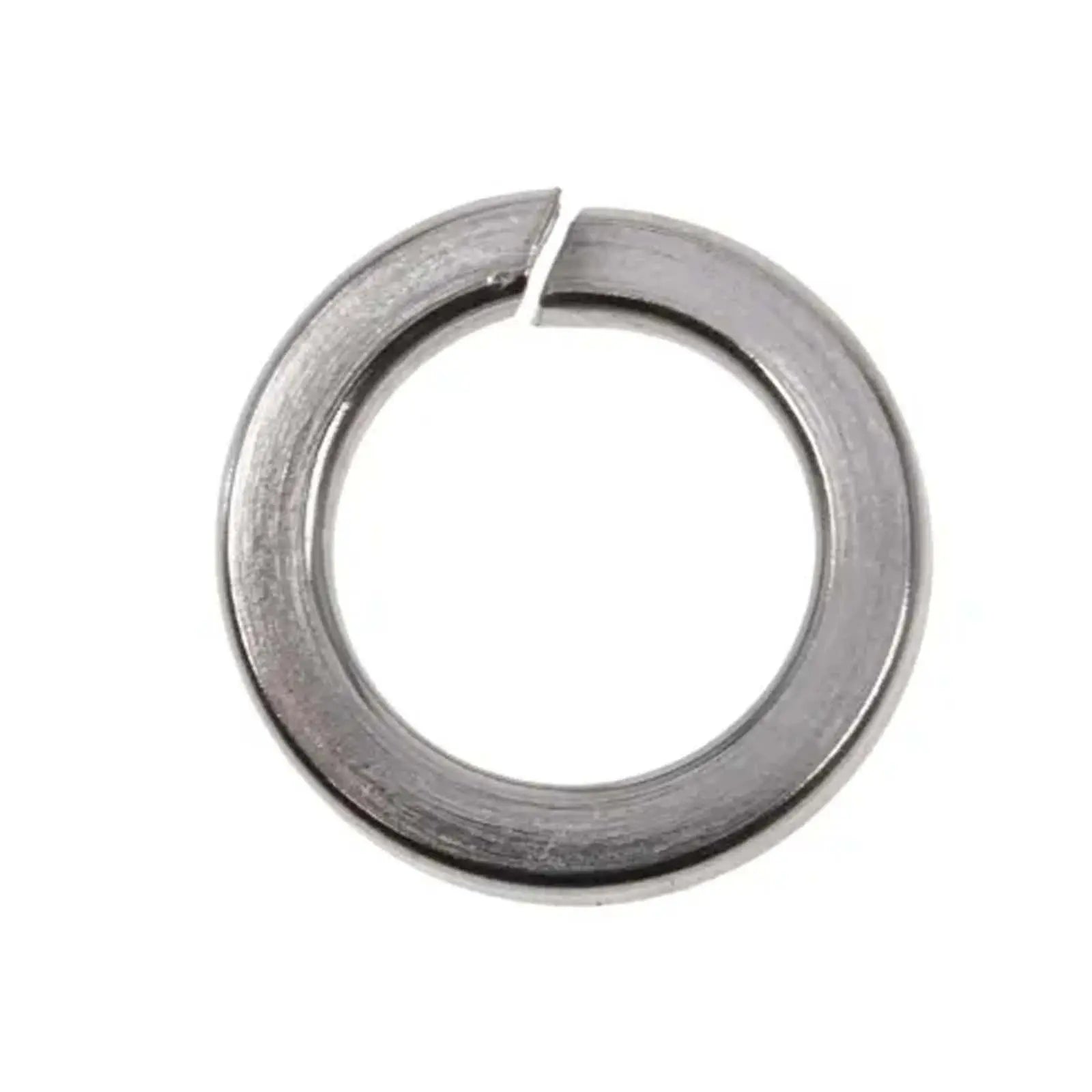




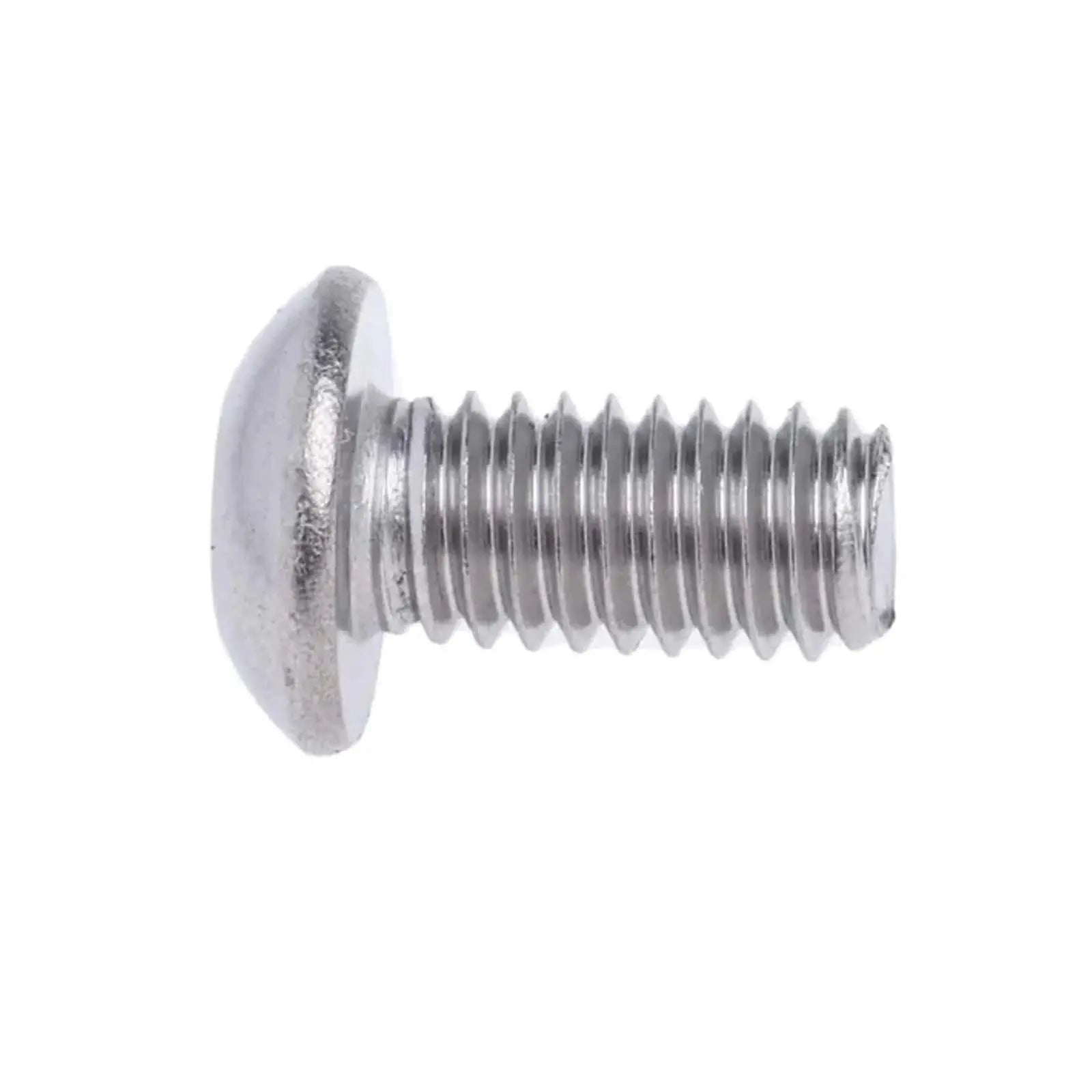




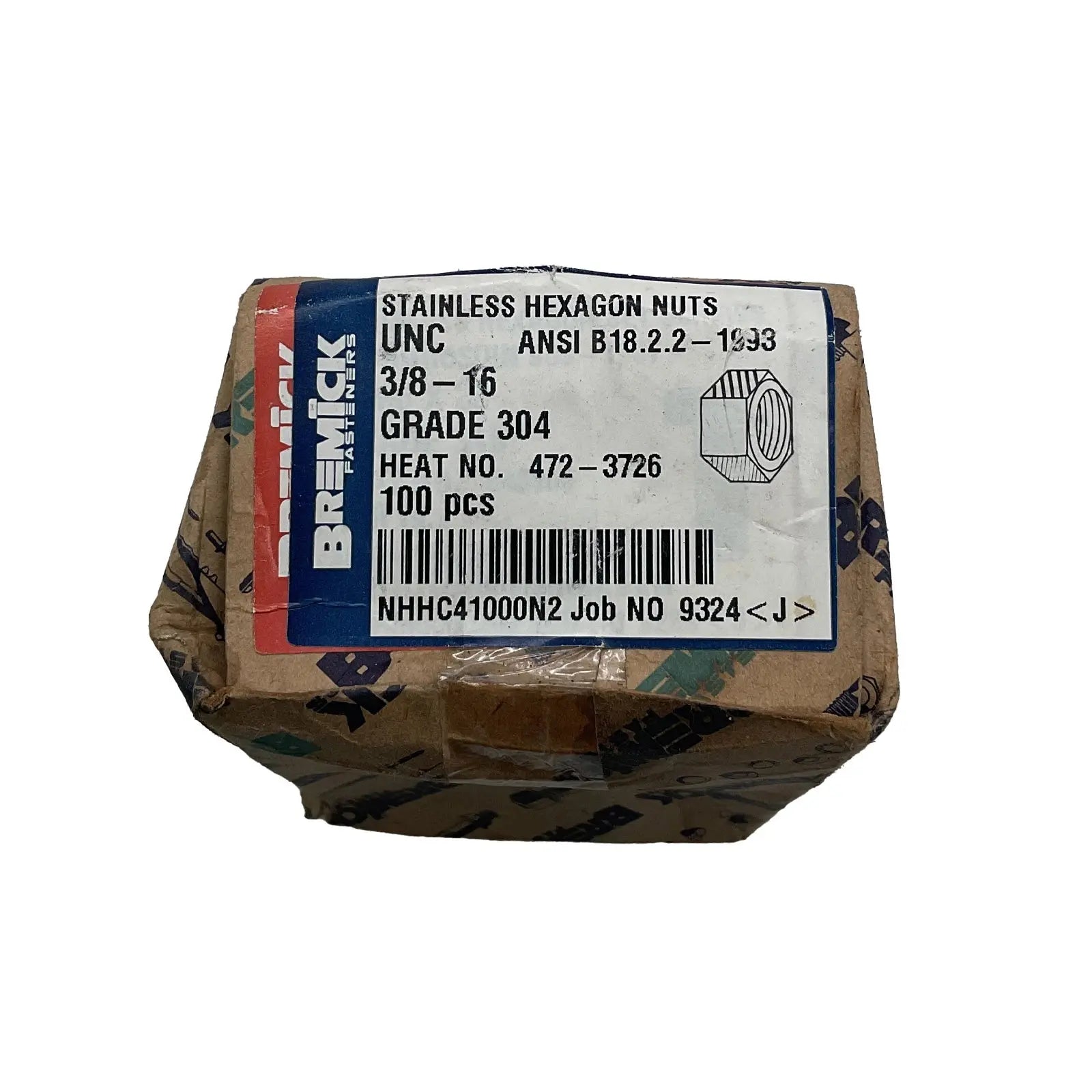








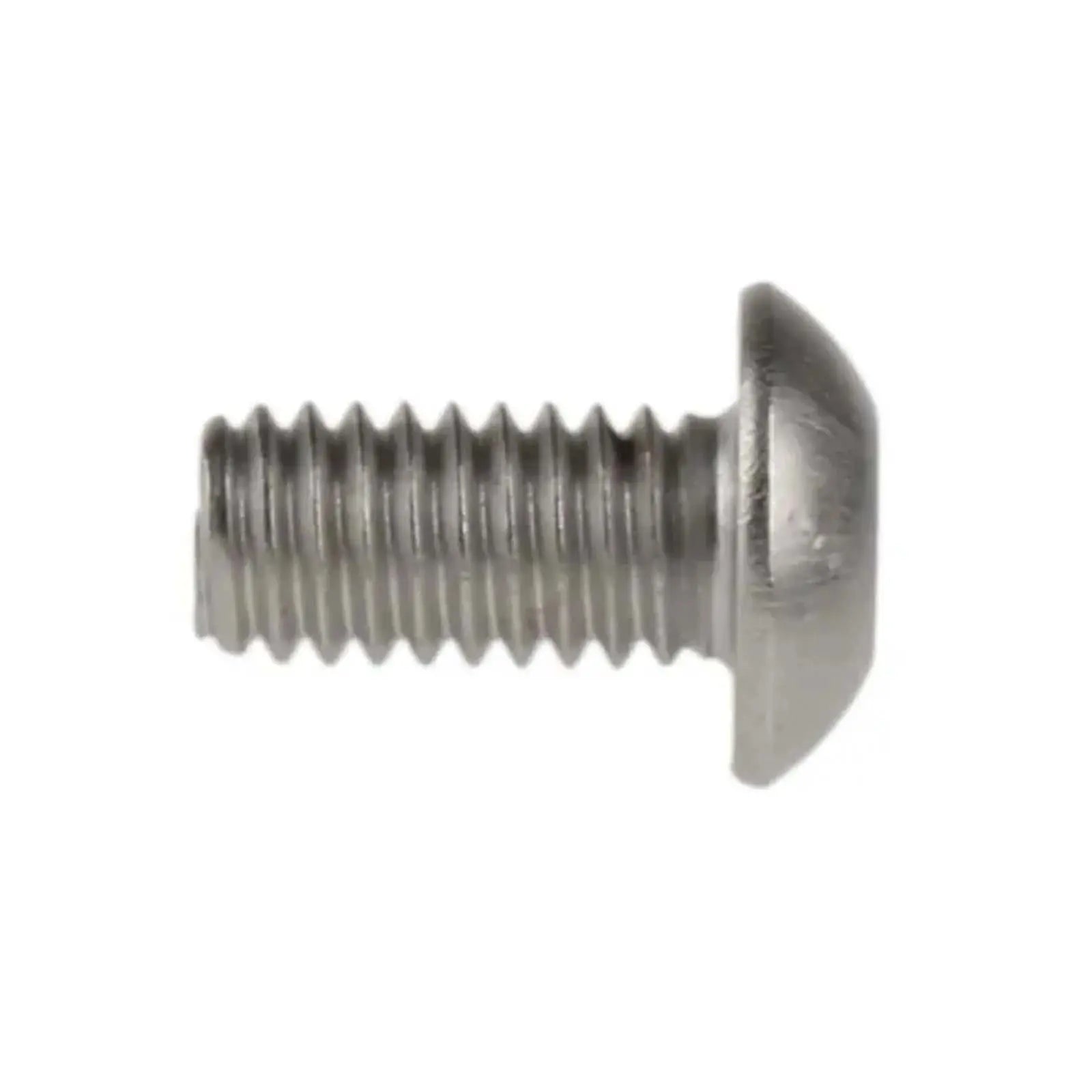







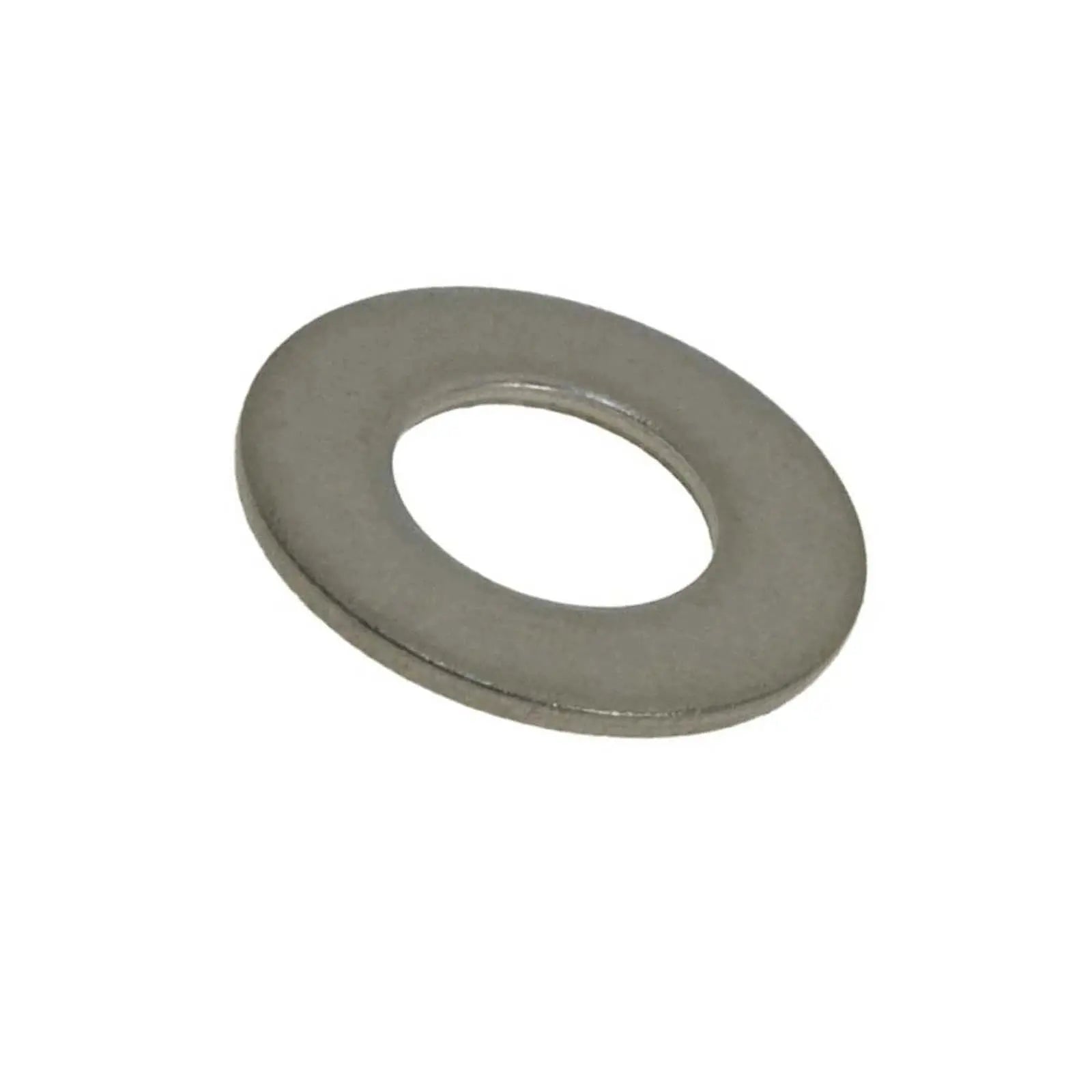


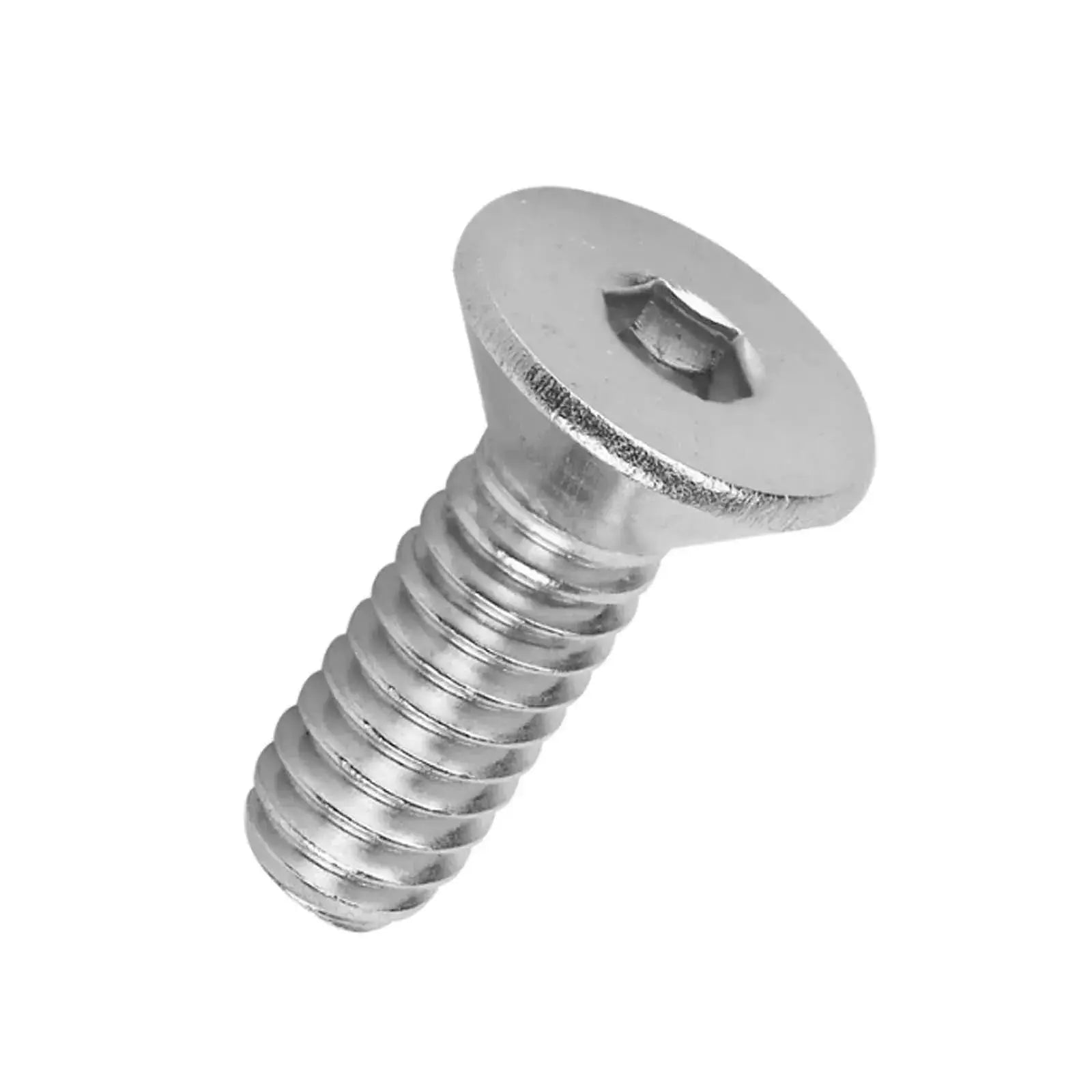


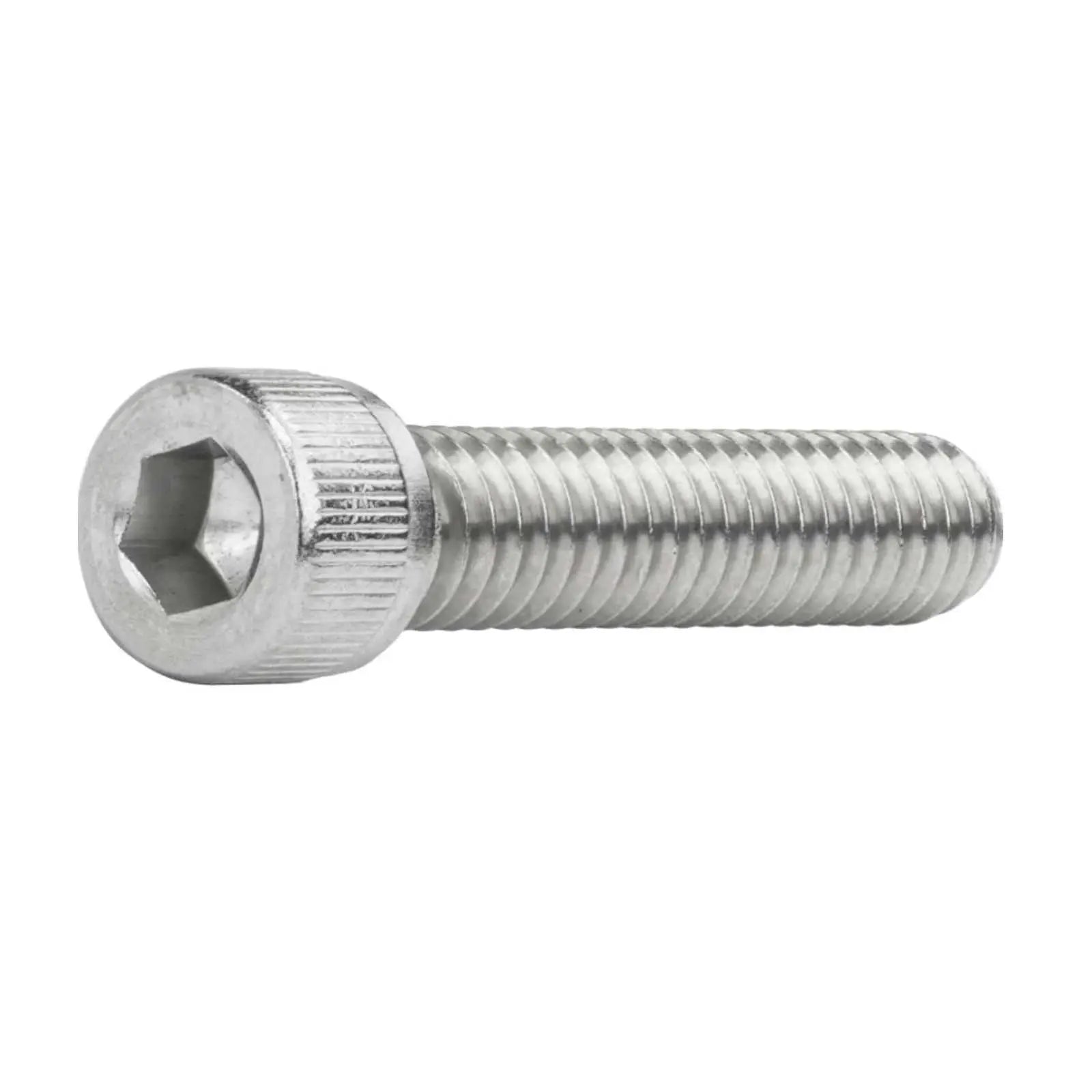

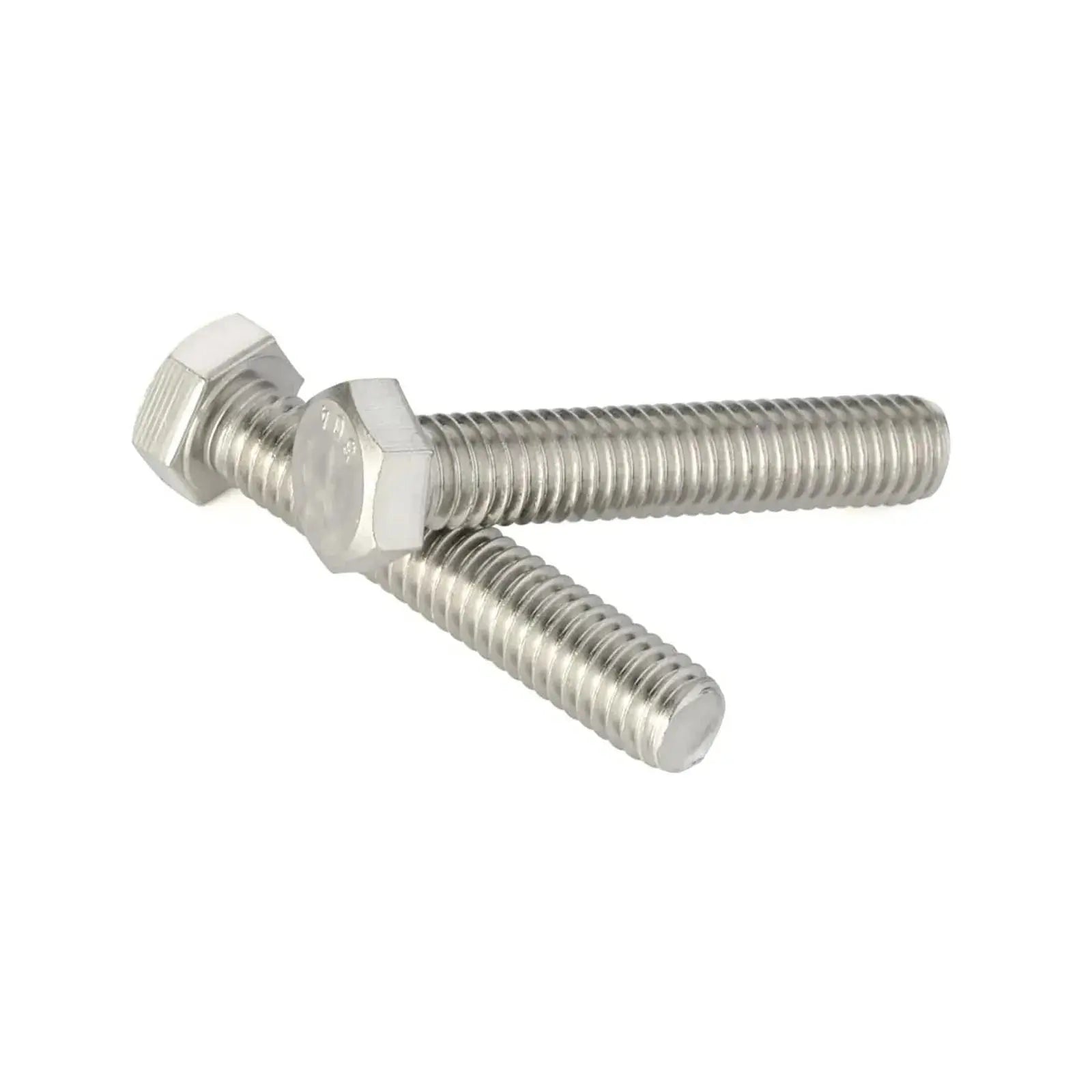





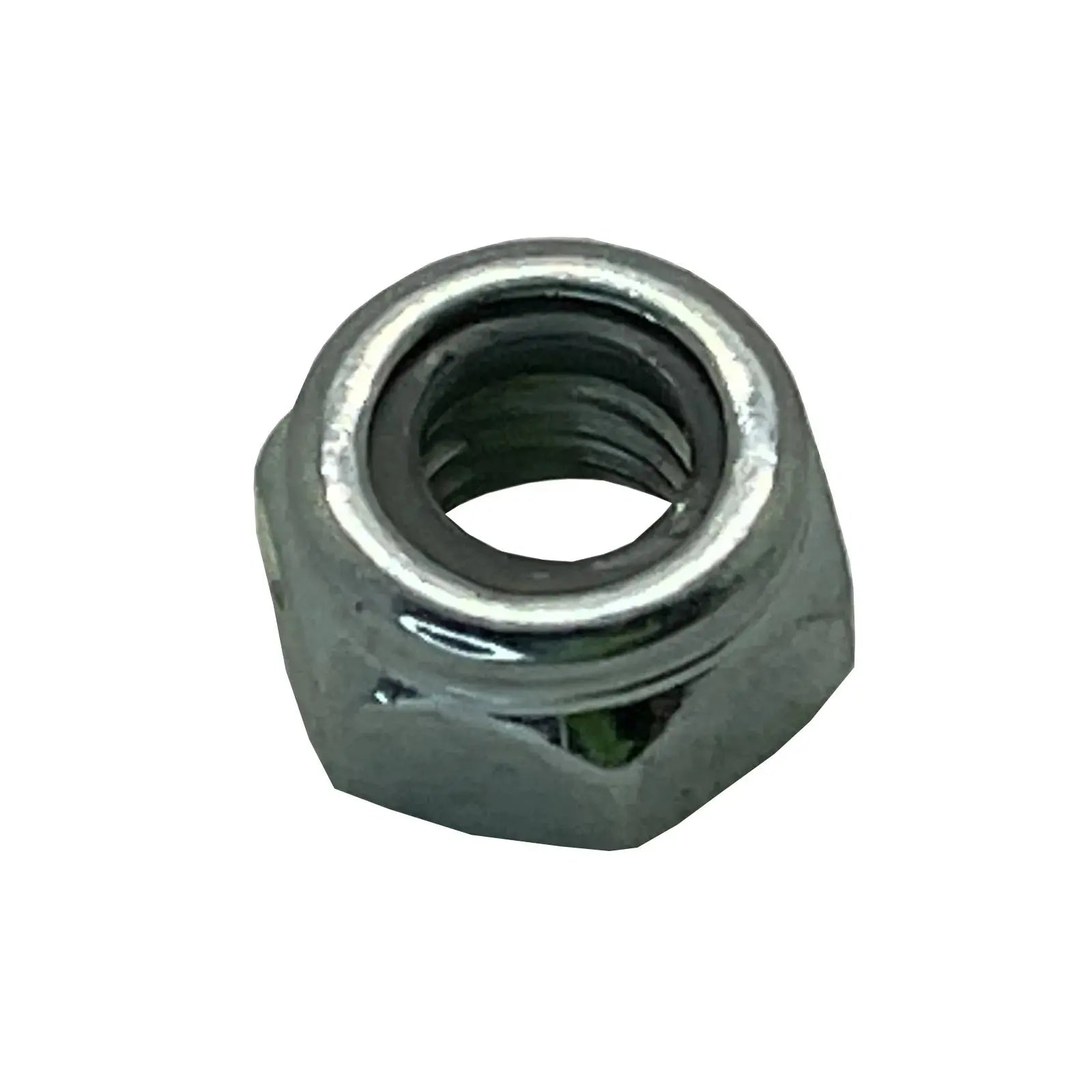
















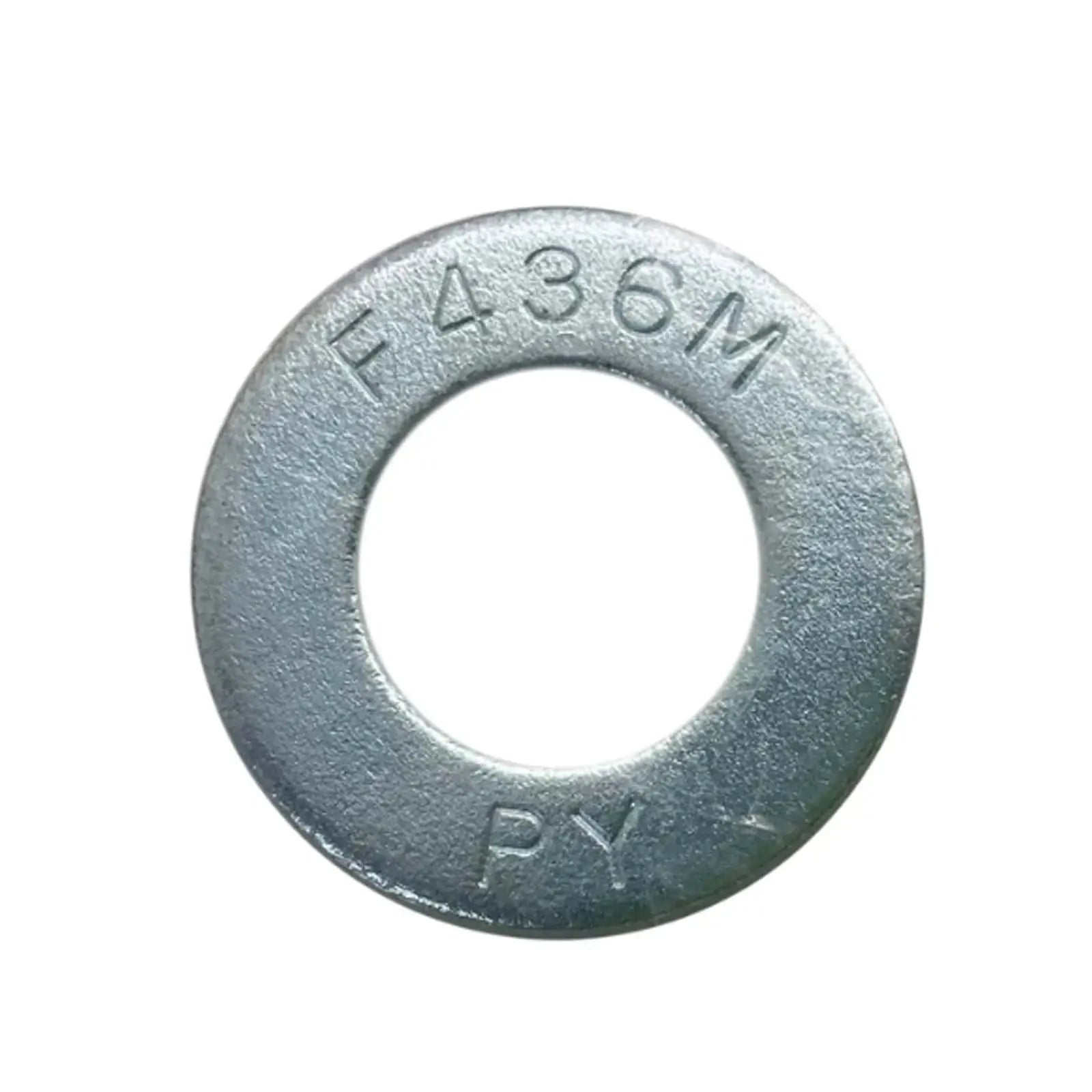



Colección de tuercas y tornillos: soluciones de fijación fiables para cada industria
En Industrial Electrical Warehouse, ofrecemos una amplia selección de tuercas y tornillos para satisfacer las necesidades de diversas aplicaciones industriales y eléctricas. Ya sea que esté ensamblando maquinaria, trabajando en proyectos de construcción o necesita componentes confiables para sistemas eléctricos, nuestra diversa gama de tuercas y tornillos garantiza soluciones de fijación seguras, duraderas y eficientes. Con una variedad de materiales y tamaños disponibles, le proporcionamos todo lo que necesita para sus necesidades específicas de fijación.
¿Por qué elegir tuercas y tornillos de Industrial Electrical Warehouse?
Las tuercas y los tornillos son componentes esenciales en innumerables aplicaciones, proporcionando conexiones seguras y estables para una amplia gama de industrias. Nuestra colección incluye fijaciones fabricadas con materiales de alta calidad como acero, acero inoxidable, latón y más. Disponemos de una amplia variedad de tamaños, tipos de rosca y acabados para garantizar el ajuste perfecto en cualquier proyecto, garantizando la máxima durabilidad y rendimiento.
Tipos de tuercas y tornillos
Esta colección incluye varios tipos de pernos, como pernos hexagonales, pernos de carro y tirafondos, cada uno diseñado para diferentes aplicaciones. Además, encontrará tuercas hexagonales, contratuercas y tuercas de mariposa, que ofrecen soluciones versátiles para cualquier necesidad de fijación.
Sujetadores confiables y duraderos para cualquier trabajo
Desde tuercas y tornillos estándar hasta piezas especializadas como pernos de anclaje y abarcones, todos los productos de esta colección están fabricados con materiales de alta calidad para soportar condiciones difíciles. Estos sujetadores están diseñados para durar, garantizando una sujeción segura y evitando que se aflojen con el tiempo.
En Industrial Electrical Warehouse, nos dedicamos a ofrecer tuercas y tornillos de alta calidad para satisfacer todas las necesidades industriales y eléctricas. ¡Explore nuestra colección hoy mismo y encuentre el sujetador ideal para su próximo proyecto!
¿Necesita pedidos al por mayor o recomendaciones de expertos sobre HB-NB?
¿Busca pedidos al por mayor de HB-NB o necesita ayuda para elegir la solución industrial adecuada? Nuestro equipo está aquí para ayudarle con presupuestos personalizados, recomendaciones de productos y asesoramiento técnico. Ya sea electricista, contratista o empresario, ofrecemos soluciones a medida para satisfacer sus necesidades.
📩 ¡ Contáctanos o chatea con nosotros en vivo para obtener asistencia instantánea!
¡Explora nuestra colección de ofertas de locura mensual!
¡No te pierdas los grandes ahorros en nuestra tienda! Descubre las mejores ofertas en:
¡Explora estas categorías ahora y aprovecha las mejores ofertas antes de que se acaben!
- Todos los productos de nuestra gama : productos de primera calidad seleccionados especialmente para usted.
- Los más vendidos : los favoritos de los clientes y los artículos más demandados.
- Ofertas y rebajas especiales de Watts : descuentos por tiempo limitado en productos imprescindibles.
- Watts New – Recién llegados y las últimas innovaciones.
-
Todas las colecciones : explora todo lo que tenemos para ofrecer.
¡Explora estas categorías ahora y aprovecha las mejores ofertas antes de que se acaben!
¡No olvides consultar nuestras grandes rebajas hasta agotar existencias!
Visto recientemente
Boletín informativo actual de Watts
Manténgase conectado con los últimos productos eléctricos industriales, ofertas exclusivas y actualizaciones de expertos.
Regístrate ahora y no te lo pierdas

